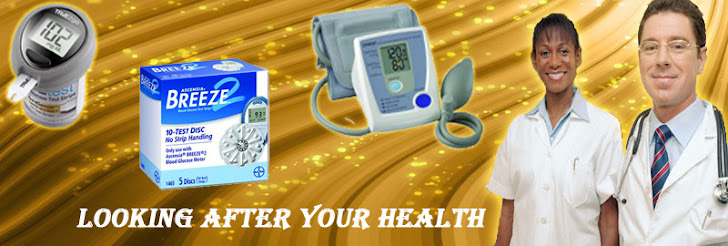According to the American Diabetes Association, up to two-thirds of all diabetes patients have high blood pressure. Hypertension is known as a silent disease — there are few, if any, warning signs that your blood pressure is creeping into dangerous levels. Uncontrolled blood pressure raises the risk for heart attacks, strokes and kidney and eye problems. Put that on top of the risk factors from diabetes alone and the risks are immeasurable.
A look at hypertension
Blood pressure is the measure of blood flow inside your blood vessels to and from your heart. The two numbers that are used to measure blood pressure – systolic and diastolic pressures – give medical professionals a good view of your overall health. The systolic pressure measures the pressure as blood is pushed through the vessels and diastolic measures the pressure of the relaxed vessels between heartbeats.
When the force of blood flow is too strong, you get high blood pressure, which means your heart is working too hard. While a measure of less than 120 over 80 (often written as 120/80) is considered normal in most patients, doctors consider 130/80 or below as normal for patient with diabetes.
Treating diabetes and hypertension
For all patients, with or without diabetes, hypertension is not something that should be left untreated or something that will go away without treatment. For patients diagnosed with diabetes, however, treatment is vital.
Typically, the first line of treatment for all diabetes patients with hypertension is treating the diabetes itself. Luckily, the treatment for diabetes and hypertension runs along the same lines:
- Diet — Most patients with diabetes realize they must control their sugar and carbohydrate intake. But to offset hypertension, it is also important to control salt intake as well. Aim for less than 400 milligrams (mg) of sodium per food serving.
- Weight loss — This is a crucial factor to keeping both diabetes and high blood pressure under control. Since excess weight is the cornerstone to type 2 diabetes, weight loss could, in some cases, eliminate the disease altogether. Increasing physical exercise is the key to long-term weight loss.
- Medication — For patients with both diabetes and hypertension, doctors recommend several types of medications. While some types of medication have proven to help control diabetes and hypertension together, patients with type 2 diabetes who have been prescribed Actos (pioglitazone) must be alert for other dangers. Although Actos has been shown to lower blood pressure, it has a strong link to bladder cancer, congestive heart failure, random bone fractures, and other harmful side effects. Due to these severe side effects, many patients have filed an Actos Lawsuit. Patients taking Actos are urged to contact their physician for other alternatives.
Studies show that patients with diabetes typically can’t avoid high blood pressure. For those with type 1 diabetes, more than 70 percent have high blood pressure by age 40. For type 2 patients, nearly 75 percent have hypertension-related kidney problems during their lifetime.
Even though it might be inevitable, that doesn’t mean it needs to be medically devastating. All diabetes patients should take control of their diabetes and not let it control them. Diet, exercise and some medications are the keys to a healthier life.
Elizabeth Carrollton writes about defective medical devices and dangerous drugs for Drugwatch.com.
